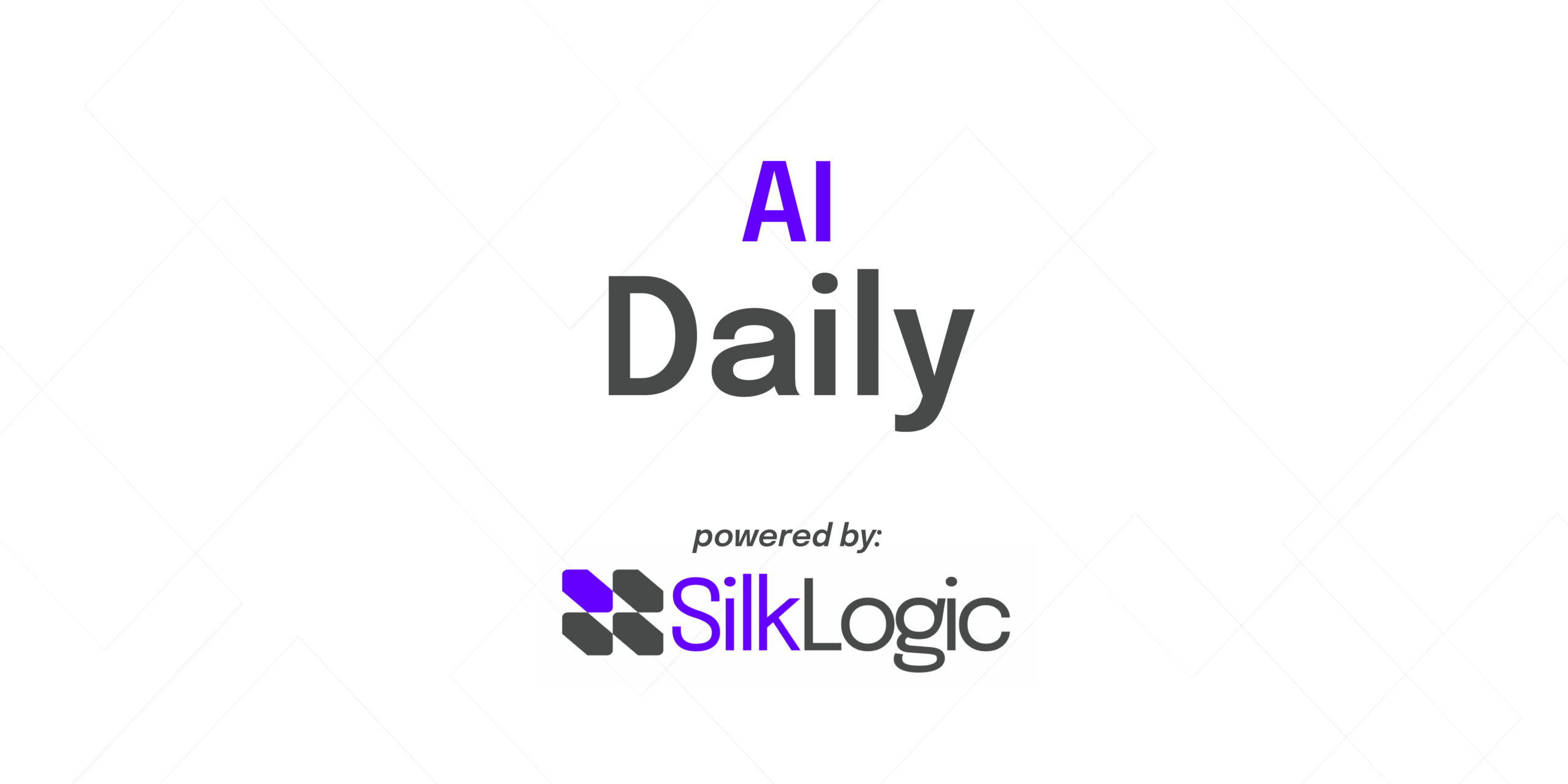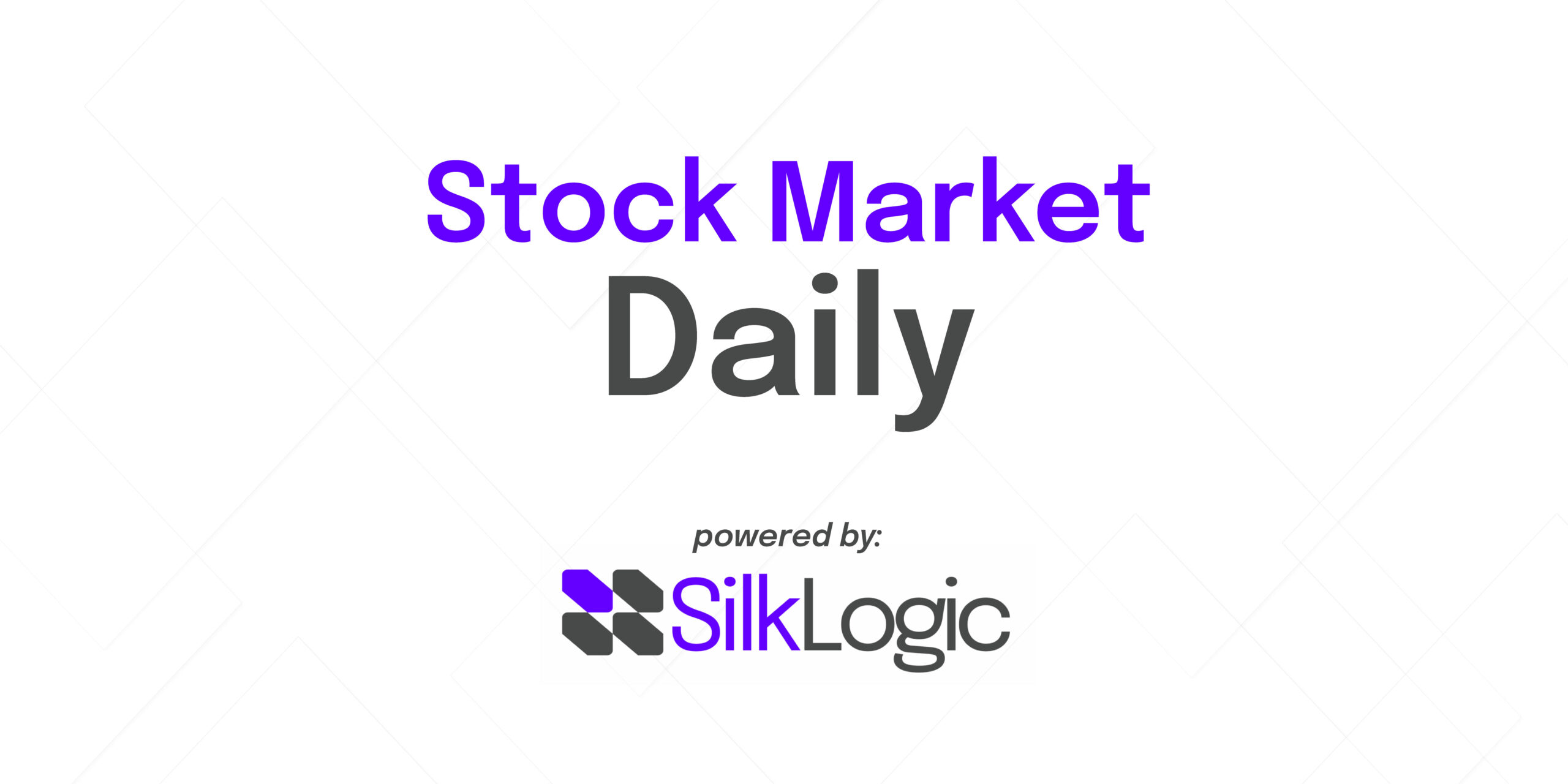The AI Boom, Reskilling, and the Missing Workforce
In today’s rapidly changing economy, business leaders are searching for opportunities to grow and stay competitive. One compelling story stands out—a recent Fortune article features Arkeem Sturgis, who went from homelessness to running a six-figure HVAC and handyman business. His journey is more than inspirational; it signals a huge shift in how companies, schools, and individuals approach skills, jobs, and business transformation in the age of AI.
Why This Trend Matters Now
AI and automation are reshaping every industry—from banking to construction. While many tasks are becoming automated, the need for human skills and judgment is growing, especially in hands-on jobs that robots can’t do. For executives and decision-makers, this isn’t just a social issue; it’s a business opportunity and a challenge:
- Labor shortages in skilled trades threaten project timelines and growth.
- AI-powered tools are increasing demand for skilled workers who can use, maintain, and improve them.
- Businesses must evolve their talent strategies to stay competitive and attract the next generation.
Insight: The Power of Reskilling and Mentorship
The article reveals that Arkeem’s success didn’t come from a traditional four-year degree. Instead, hands-on training, mentorship, and the ability to adapt were key. Programs like the Home Builders Institute (HBI) gave him—and thousands like him—the chance to learn practical skills quickly, meet mentors, and find work.
More importantly, personal support made a huge difference. When a trade instructor went the extra mile—literally donating a truck to help Arkeem grow—mentorship became a game changer. For business leaders, this highlights the value of pairing technology adoption with culture and support.
Practical Takeaway: How Businesses Can Respond
- Invest in Reskilling: AI and automation are changing what workers need to know. Businesses that offer reskilling or support for new training programs attract loyal, skilled talent.
- Support Mentorship: Pairing experienced employees with newcomers not only helps with technical skills, but builds confidence, culture, and productivity.
- Promote Alternative Career Paths: Not all valuable employees come with four-year degrees. Recognize and reward vocational and technical skills.
- Embrace AI for Process Optimization: Use AI to identify workflow bottlenecks, match talent to projects, and automate repetitive tasks—making skilled labor more productive.
At Silk Logic, we help organizations build AI roadmaps, optimize processes, and develop custom solutions to drive these strategies. Aligning technology with people—not replacing them—delivers lasting competitive advantage.
Business Applications: Real-World Examples
- Manufacturing: AI-driven scheduling tools optimize shifts and match skilled workers with complex assembly lines.
- Construction: Digital twins and augmented reality help train workers faster and track job progress.
- Field Services: Predictive maintenance powered by AI alerts technicians before things break—keeping clients satisfied and workers in demand.
More businesses are discovering that supporting talent at every stage—whether hiring, reskilling, or leveraging AI—leads to higher retention, revenue, and readiness for future change.
Overcoming Challenges: Changing Mindsets and Systems
Of course, shifting talent strategy comes with tough questions:
- Is there a stigma around non-college career paths in your business or industry?
- Are decision-makers focused narrowly on degrees instead of capabilities?
- Do you have a clear process for identifying roles at risk of automation—and opportunities for upskilling?
Transparent communication, leadership buy-in, and dedicated programs are key to meaningful change. Businesses that ignore these trends risk falling behind as competitors adopt smarter, people-centered AI solutions.
The Bigger Picture: Getting Ahead in the AI Economy
The U.S. faces a critical shortage of skilled workers just as the demand for digital transformation skyrockets. As Arkeem’s story shows, building strong careers in the trades with support from AI and modern training is not just possible—it’s a necessity. Companies that act now will have the workforce, culture, and tools to thrive as automation reshapes the economy.
Wherever your company is on the AI journey, it’s never been more important to:
- Evaluate your talent pipeline and reskilling strategy
- Map out where AI can augment—not just replace—people
- Partner with trusted experts to move from planning to action
Conclusion: Will You Lead or Lag?
The lesson for every business leader is clear: Your best assets are your people—especially when they’re empowered with new skills and technology. Whether you’re in tech, construction, or services, the winners in the new economy will be those who invest in both AI and human potential.
Are you ready to future-proof your organization? Start your AI journey today—or connect with Silk Logic to build a strategy that turns today’s disruption into tomorrow’s growth.
See how our AI strategy roadmapping services can help you evaluate your organization’s readiness for digital transformation.





